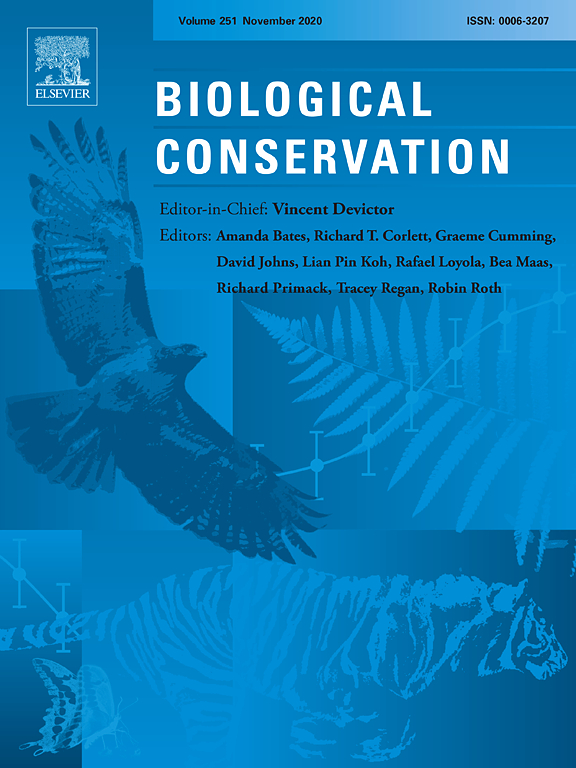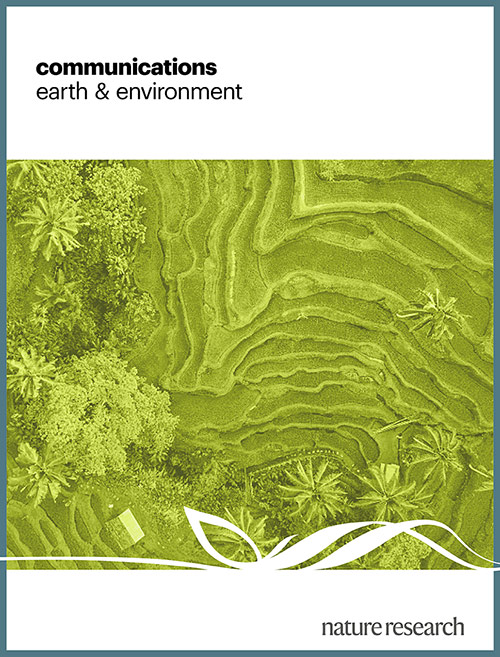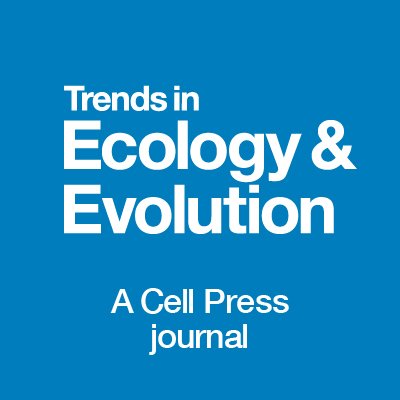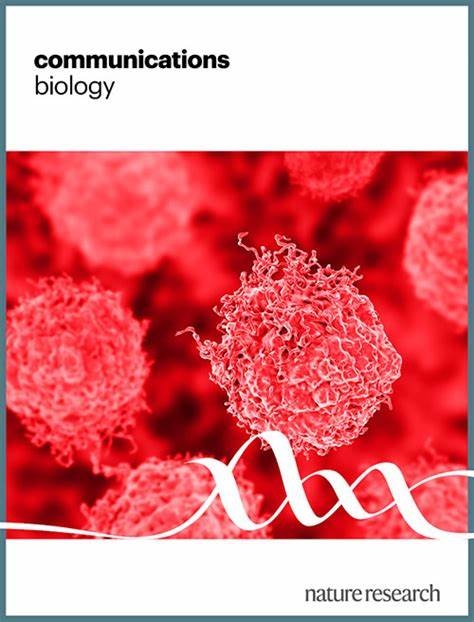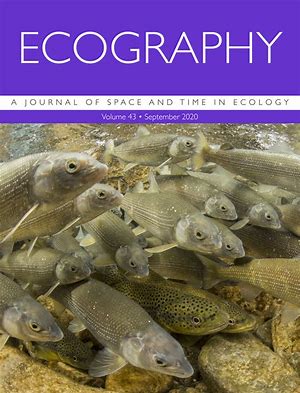Please find all scientific publications of IGB under > scientific publications
For more detailed information please refer to our > library catalogue
21 - 30 of 95 items
- Department:(Dept. 5) Evolutionary and Integrative Ecology
May 2025
Research ideas and outcomes. - 11(2025), Art. e152859
Ecology for a social revolution: Re-defining the role of ecological and environmental science professionals and their responsibilities towards society
Florencia A Yannelli ; Kristiina Visakorpi ; Anni Arponen ; Carlos Alberto Arnillas ; Javiera Beatriz Chinga Chamorro ; Mariana C. Chiuffo ; Sharon K. Collinge ; Roger Cousens ; Kadambari Devarajan ; Ken Ehrlich ; marilyn grell-brisk ; Rebecca W. Kariuki ; Heather M. Kharouba ; Andrea Monica D. Ortiz ; Ana Carolina Prado-Valladares ; Helen Regan ; Florian Schnabel ; Bruno E. Soares ; Gisela C. Stotz ; Michael Williams ; Marc W. Cadotte
May 2025
Biological Conservation. - 308(2025), Art. 111199
A unifying theoretical framework for conservation flagships
Ivan Jarić; Sarah L. Crowley; Jonathan M. Jeschke; Ugo Arbieu; Gabriel Henrique de Oliveira Caetano; Ricardo A. Correia; Arjun Kamdar; Richard J. Ladle; Stefano Mammola; Uri Roll; Diogo Veríssimo
April 2025
Communications Earth & Environment. - 6(2025), Art. 299
Mangroves support an estimated annual abundance of over 700 billion juvenile fish and invertebrates
Philine S. E. zu Ermgassen; Thomas A. Worthington; Jonathan R. Gair; Emma E. Garnett; Nibedita Mukherjee; Kate Longley-Wood; Ivan Nagelkerken; Kátya Abrantes; Octavio Aburto-Oropeza; Alejandro Acosta; Ana Rosa da Rocha Araujo; Ronald Baker; Adam Barnett; Christine M. Beitl; Rayna Benzeev; Justin Brookes; Gustavo A. Castellanos-Galindo; Ving Ching Chong; Rod M. Connolly; Marília Cunha-Lignon; Farid Dahdouh-Guebas; Karen Diele; Patrick G. Dwyer; Daniel A. Friess; Thomas Grove; M. Enamul Hoq; Chantal Huijbers; Neil Hutchinson; Andrew F. Johnson; Ross Johnson; Jon Knight; Uwe Krumme; Baraka Kuguru; Shing Yip Lee; Aaron Savio Lobo; Blandina R. Lugendo; Jan-Olaf Meynecke; Cosmas Nzaka Munga; Andrew D. Olds; Cara L. Parrett; Borja G. Reguero; Patrik Rönnbäck; Anna Safryghin; Marcus Sheaves; Matthew D. Taylor; Jocemar Tomasino Mendonça; Nathan J. Waltham; Matthias Wolff; Mark D. Spalding
April 2025
Research ideas and outcomes. - 11(2025), Art. e140548
Hypothesis Description: Darwin’s Naturalisation Hypothesis
Florencia A. Yannelli; Wayne Dawson; Mark van Kleunen; Jonathan M. Jeschke; Tina Heger
April 2025
Trends in Ecology and Evolution. - 40(2025)4, 385-394
Understanding biological invasions through the lens of environmental niches
Chunlong Liu; Céline Bellard; Jonathan M. Jeschke
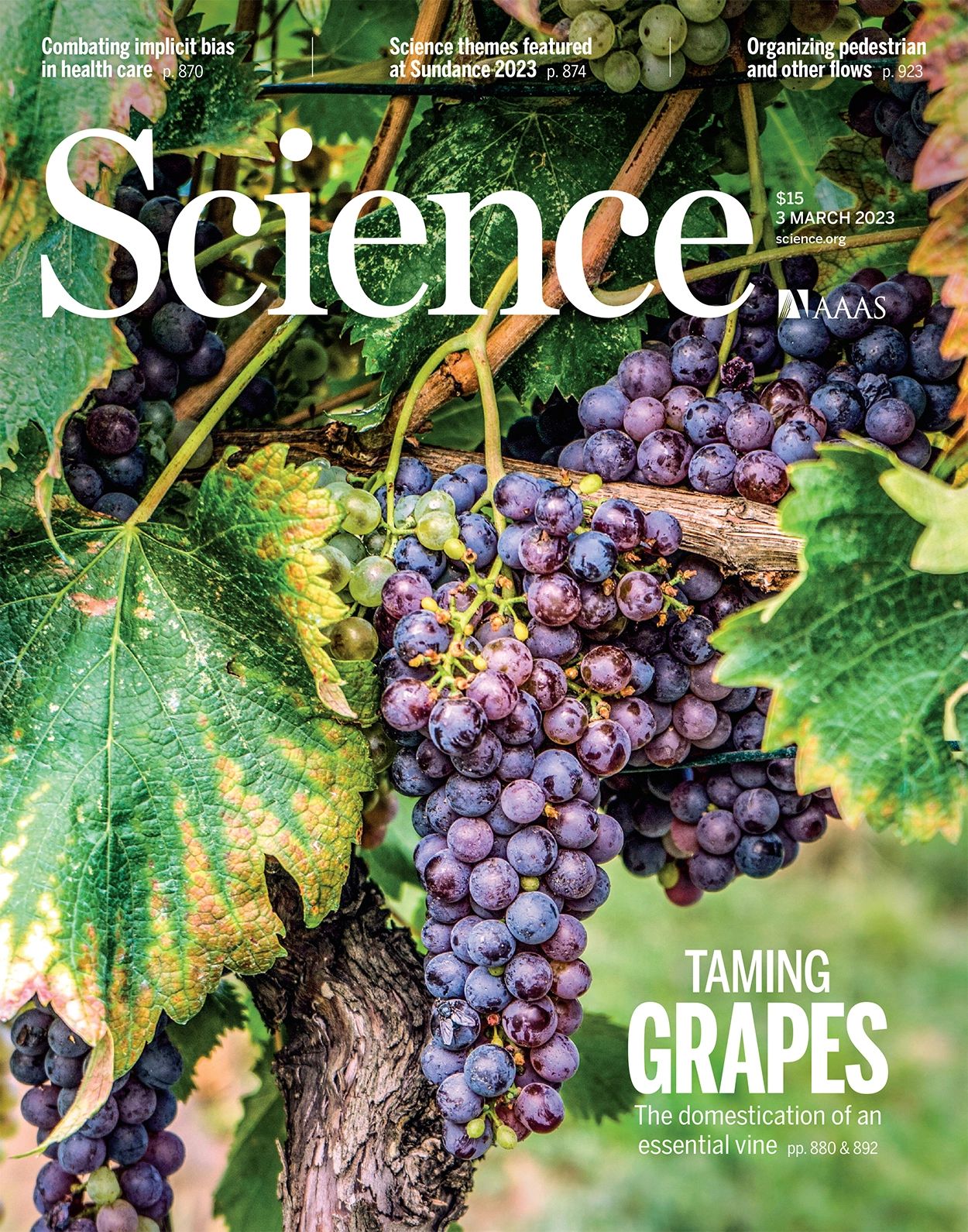
March 2025
Science. - 387(2025)6739, 1181-1186
Environmental effects of the Kakhovka Dam destruction by warfare in Ukraine
O. Shumilova; A. Sukhodolov; N. Osadcha; A. Oreshchenko; G. Constantinescu; S. Afanasyev; M. Koken; V. Osadchyi; B. Rhoads; K. Tockner; M. T. Monaghan; B. Schröder; J. Nabyvanets; C. Wolter; O. Lietytska; J. van de Koppel; N. Magas; S. C. Jähnig; V. Lakisova; G. Trokhymenko; M. Venohr; V. Komorin; S. Stepanenko; V. Khilchevskyi; S. Domisch; M. Blettler; P. Gleick; L. De Meester; H.-P. Grossart
March 2025
Communications Biology. - 8(2025), Art. 449
Fundamental questions in meiofauna research highlight how small but ubiquitous animals can improve our understanding of Nature
Alejandro Martínez; Stefano Bonaglia; Maikon Di Domenico; Gustavo Fonseca; Jeroen Ingels; Katharina M. Jörger; Christopher Laumer; Francesca Leasi; Daniela Zeppilli; Elisa Baldrighi; Holly Bik; Diego Cepeda; Marco Curini-Galletti; Asher D. Cutter; Giovanni dos Santos; Simone Fattorini; Dagmar Frisch; Sabine Gollner; Ulf Jondelius; Alexandra Kerbl; Kevin M. Kocot; Nabil Majdi; Stefano Mammola; José M. Martín-Durán; André Menegotto; Paul A. Montagna; Francisco J. A. Nascimento; Nicolas Puillandre; Anne Rognant; Nuria Sánchez; Isaac R. Santos; Andreas Schmidt-Rhaesa; Michaela Schratzberger; Federica Semprucci; Mauricio Shimabukuro; Paul J. Sommerfield; Torsten H. Struck; Martin V. Sørensen; Andreas Wallberg; Katrine Worsaae; Hiroshi Yamasaki; Diego Fontaneto
This paper identifies the top-50 priority questions for meiofaunal research, highlighting their critical roles in biogeochemical cycles and biodiversity. It calls for a balanced research agenda, international cooperation, and advances in technology to overcome current challenges and unlock meiofauna’s full potential.
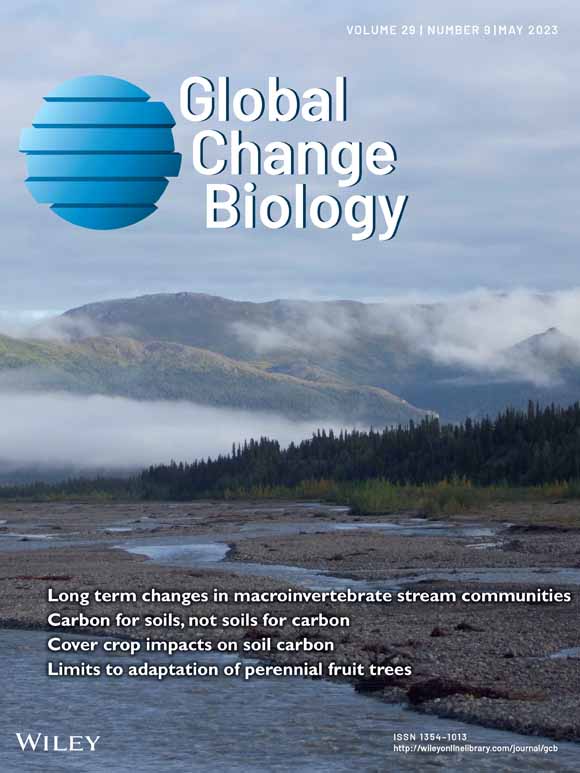
March 2025
Global Change Biology. - 31(2025)3, Art. e70119
Altered Phenotypic Responses of Asexual Arctic Daphnia After 10 Years of Rapid Climate Change
Athina Karapli-Petritsopoulou; Jasmin Josephine Heckelmann; Dörthe Becker; N. John Anderson; Dagmar Frisch
Freshwater ecosystems in the Arctic are important sentinels for climate change, but not much is known about the potential for rapid adaptation of their asexually reproducing key zooplankton members. Applying a resurrection ecology approach to an asexual Arctic Daphnia population, the authors provide evidence for a change in thermal and hypoxia tolerance within a decade.
March 2025
Ecology letters. - 28(2025)3, Art. e70094
Leveraging Massive Opportunistically Collected Datasets to Study Species Communities in Space and Time
Maxime Fajgenblat; Robby Wijns; Geert De Knijf; Robby Stoks; Pieter Lemmens; Marc Herremans; Pieter Vanormelingen; Thomas Neyens; Luc De Meester
March 2025
Ecography. - 2025(2025)7, Art. e07725
Determinants of species' centrality in spatially-connected plant-frugivore networks
Lucas P. Martins; Daniel B. Stouffer; Carine Emer; Mauro Galetti; Marco Aurélio Pizo; Fernanda Ribeiro da Silva; Jason M. Tylianakis


